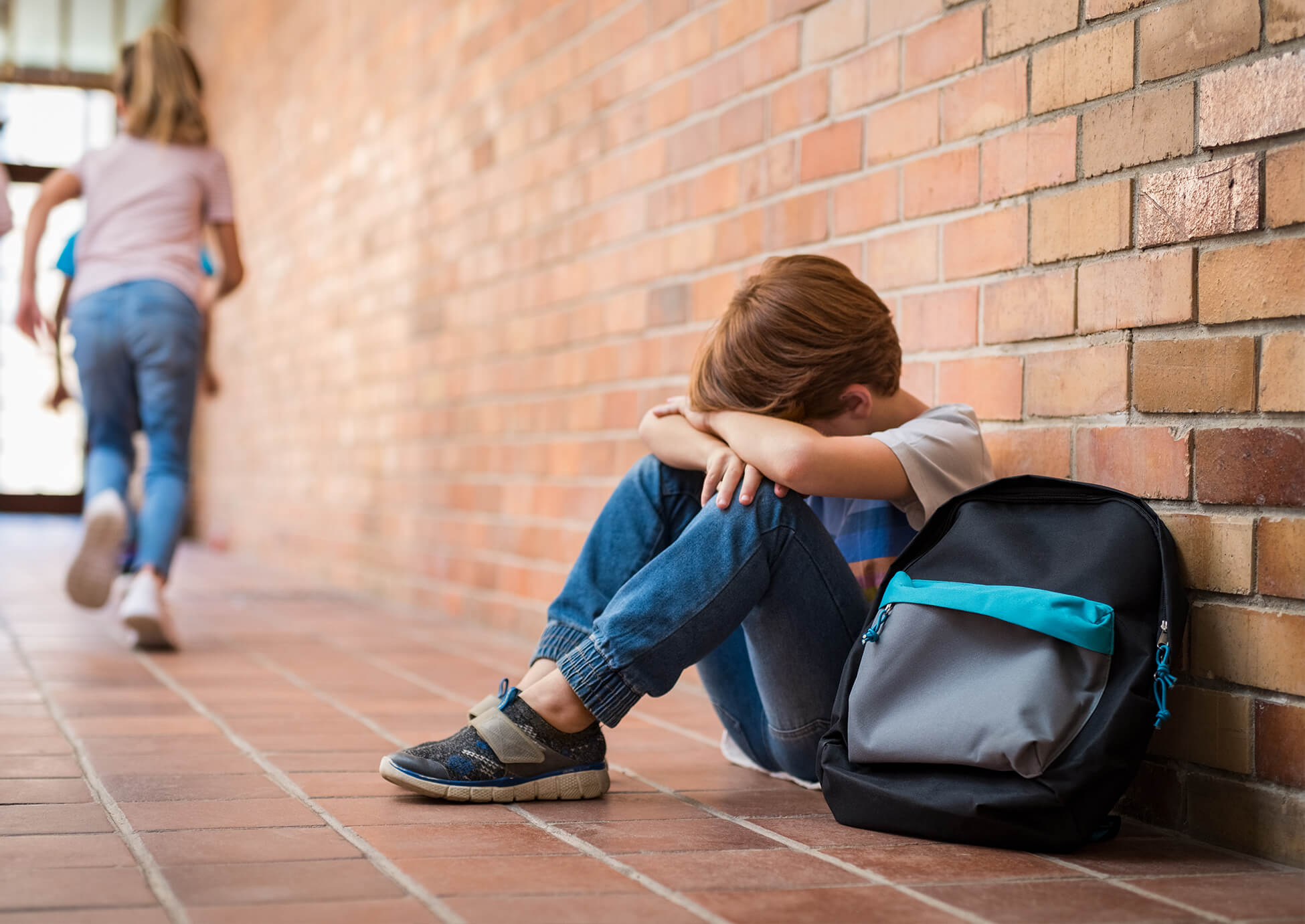Bullying Statistics & Risk Factors
Positive parenting leads to positive futures for generations to come.
American SPCC provides parenting education and support as the most effective way to support families and nurture children.
The following resources are made possible through contributions by child and family advocates like you.

Statistics about Bullying
Bullying and cyberbullying are serious problems in the United States. The statistics below show just how prevalent bullying really is.
%
of U.S. students in grades 6–12 experienced bullying.
%
of U.S. students in grades 9–12 experienced bullying.
%
of young people admit to bullying others in surveys.

More Stats
160,000 kids per day skip school for fear of being bullied.
WITNESSED BULLYING
70.6% of young people say they have seen bullying in their schools.
70.4% of school staff have seen bullying. 62% witnessed bullying two or more times in the last month and 41% witness bullying once a week or more.
When bystanders intervene, bullying stops within 10 seconds 57% of the time.
CYBERBULLYING
6% of students in grades 6–12 experienced cyberbullying.
16% of high school students (grades 9–12) were electronically bullied in the past year.
However, 55.2% of LGBT students experienced cyberbullying.
RISK FACTORS FOR BULLYING
No single factor puts a child at risk of being bullied or bullying others. Bullying can happen anywhere—cities, suburbs, or rural towns. Depending on the environment, some groups, such as lesbian, gay, bisexual, or transgendered (LGBT) youth, youth with disabilities, and socially isolated youth, may be at an increased risk of being bullied.
Generally, children who are bullied have one or more of the following risk factors:
- Are perceived as different from their peers, such as being overweight or underweight, wearing glasses or different clothing, being new to a school, or being unable to afford what kids consider “cool”
- Are perceived as weak or unable to defend themselves
- Are depressed, anxious, or have low self esteem
- Are less popular than others and have few friends
- Do not get along well with others, are seen as annoying or provoking, or antagonize others for attention
However, even if a child has these risk factors, it doesn’t mean that they will be bullied.
References & Sources
- U.S. Dept. of Justice
- Hawkins, D. L., Pepler, D., and Craig, W. M. (2001). Peer interventions in playground bullying. Social Development, 10, 512-527.
- National Center for Education Statistics and Bureau of Justice Statistics, School Crime Supplement,2008–2009
- Centers for Disease Control and Prevention, YOUTH RISK BEHAVIOR SURVEILLANCE SYSTEM, 2011
- Bradshaw, C.P., Sawyer, A.L., & O’Brennan, L.M. (2007). Bullying and peer victimization at school: Perceptual differences between students and school staff. School Psychology Review, 36 (3), 361-382.
- Bradshaw, C.P., Sawyer, A.L., & O’Brennan, L.M. (2007). Bullying and peer victimization at school: Perceptual differences between students and school staff. School Psychology Review, 36 (3), 361-382.
- Bradshaw, C.P., Sawyer, A.L., & O’Brennan, L.M. (2007). Bullying and peer victimization at school: Perceptual differences between students and school staff. School Psychology Review, 36 (3), 361-382.
- Centers for Disease Control and Prevention, YOUTH RISK BEHAVIOR SURVEILLANCE SYSTEM, 2011.
- Kosciw, J. G., Greytak, E. A., Bartkiewicz, M. J., Boesen, M. J., & Palmer, N. A. (2012). The 2011 National School Climate Survey: The experiences of lesbian, gay, bisexual and transgender youth in our nation’s schools. New York: GLSEN.
- AT RISK GROUPS
- YOUTH WITH DISABILITIES
FEDERALLY COLLECTED DATA REPORTS
2011 Youth Risk Behavior Surveillance System (Centers for Disease Control and Prevention).
The 2008–2009 School Crime Supplement (National Center for Education Statistics and Bureau of Justice Statistics).
Resources like these are provided by American SPCC – a national nonprofit dedicated to building positive childhoods for all children by empowering parents and caregivers with research-backed education and support.
This work is made possible by passionate donors and community advocates. Learn how you can get involved and support the mission here.
Our Lessons are available for Offline learning!
Previous Section
Parenting Resource Center
Bullying Statistics & Risk Factors
Next Section
